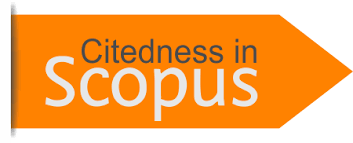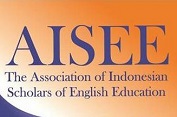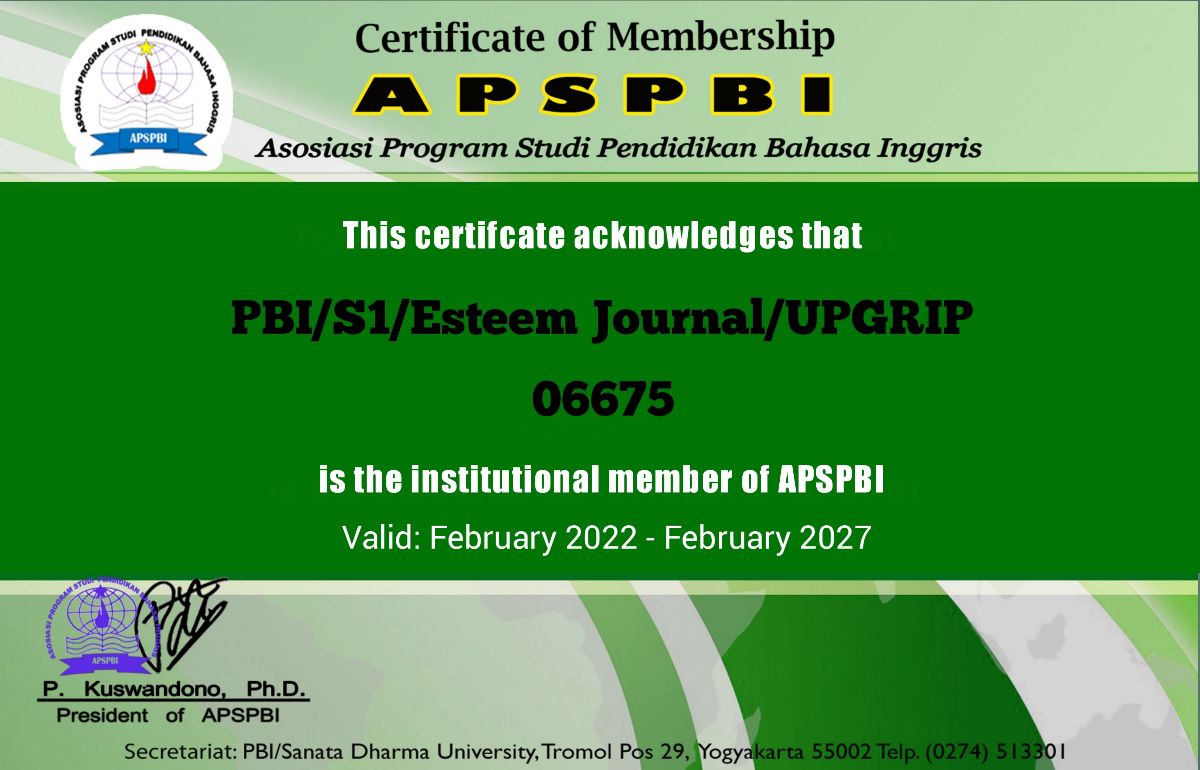STUDENTS’ PERCEPTION OF BLENDED LEARNING IN UNIVERSITY INSTITUTION: A CASE STUDY OF THE STUDENTS AT ENGLISH DEPARTMENT OF PGRI UNIVERSITY
DOI:
https://doi.org/10.31851/esteem.v6i2.12457Keywords:
Social StudentsAbstract
Due to a scope and scale with the main focus on social presence this research is aimed at exploring social presence, students’ perceptions of social presence and the implementation blended learning. The research was employed as mixed method research approach along with a questionnaire. The main objective included determination of English as Foreign language students’ perception of blended learning by participants’ including a total of 73 judgmental statement clauses. Also this study was helped by 17 students as the voluntary interviews. The findings of this study were derived from the results obtained through the questionnaire and interviews among students with a conclusion that most of the students strongly appreciated the blended learning of social presence in increasing interaction among members and improving writing and speaking exercise activities. However there was no big distinction in social presence between a blended learning class and a traditional face-to-face class. And among factors that affect social presence the students ranked the top three important factors including the lecturer closeness and humor and his/her feedback work. Also the list have three important ones which are shorter forum discussions and peer feedback.
References
Arikunto, Suharsimi. 2013. Prosedure penelitian. Jakarta: Reneka Cipta.
Ayu Fadilah,I., Jaya, A.,YusparUzer. (2023). Visual Representation And Comprehension: The Exploration Of Multimodal Text To Energize Reading Of The Tenth Grade Students’ At State Vocational High School 5 Of Palembang. Journal of English Study Programe. Vol. 6 No. 1, 125-126.
Brown, H.D (2007). Teaching by Principle: An Interactive Approach to Language Pedagogy, Third Edition. San Francisco: Pearson Education, Inc.
Fajri, T. (2020), Pentingnya Penggunaan Pendekatan Multimodal Dalam Pembelajaran, The Online Journal of Distance Education. Universitas Brawijaya.
Fraenkel,et.al. 2012. How to Design And Evaluate Research In Education. New York: Mcgraw-hill,inc.
Garrison. D.R., (2009). Communities of Inquiry in Online Learning. Encyclopedia of Distance Learning. 352-355.
Garrison, D.R., Anderson, T., & Archer, W. (2000). Critical inquiry in a text-based environtment: Computer conferencing in higher education. The Internet and Higher Education, 2(2-3), 1-19.
Ghadah Al Murshidi. (2020). English as a Foreign Language Learning Students’ Perception of Blended Leraning in University Institution: A Case Study of a University in UAE. ALLT-Fall 2020 Academic Forum. Advances in Science, Technology and Engineering Systems Journal Vol. 5, No. 5, 893-901.
Graham, C.R. (2013). Emerging practice and research in blended learning. In M.G. Moore (Ed) Handbook of Distance ducation (3 ed., pp. 333-350). New York: Rotledge.
Jaya, A., Marleni., Hidayad, F. 2022. Integrated Curriculum Used in Learning English. Journal of English Study Programe. Vol 5 No 1, 304.
Mardiyah, A., Jaya, A., Yusparuzer. 2023. Students’ Speaking Ability Through Small Group Discussion. Journal of English Study Programe. Vol.6 no. 1, 81.
Martin-Martinez, L., Sainz, V & Rodriquez-Legendre F (2020) 2020. Evaluation of Blended Learning model for pre-service teachers. Knowledge Management & E-Learning: An Interantional Journal of Education and Development using ICT. 13(1).
Ndumbaro F., (2018). Exploring students’ conceptions of collaborative information se and information use outcomesin credit-based group learning assignments. University of Dar es Salaam Library Journal, 13(2). 65-79.
Serafini, F. (2010). Reading Multimodal Texts: Pesceptual, Structural and Ideological Perspectives. Children’s Literature in Education, DOI 10.1007/s10583-010- 9100-5.
Sukmadinata. (2015). Questionner of the Research Instrument. Journal of English Education.
Sugiyono. 2014. Metode Penelitian Pendidikan. Bandung: Alfabeta.
Sugiyono. (2019). Metode Penelitian Pendidikan. Yogyakarta: Alfabeta.
Sugiyono. (2015). Metode Penelitian Kombinasi (Mix Methods).
Bandung: Alfabeta.
Tu, C. H., & McIsaac, M. (2002). An examination of social presence to increase interaction in online classes. American Journal of Distance Education, 16(3), 131–150.
Wong K.T., Hwang G.J., Choo Ooh P.S, Mohd Arrif S.K. Wang. N.J Chen J,N.A Rahman, N.A., (2020b). Cognitive Presence in Online learning. Education and Information Technologies, 643-658.
Downloads
Published
Issue
Section
License
Copyright (c) 2023 Santoso Santoso, Herlina Herlina

This work is licensed under a Creative Commons Attribution-NonCommercial-ShareAlike 4.0 International License.
Copyright Notice
Authors who publish with this journal agree to the following terms:
In order to assure the highest standards for published articles, a peer review policy is applied. In pursue of the compliance with academic standards, all parties involved in the publishing process (the authors, the editors and the editorial board and the reviewers) agree to meet the responsibilities stated below in accordance to the Journal publication ethics and malpractice statement.
Duties of Authors:
- The author(s) warrant that the submitted article is an original work, which has not been previously published, and that they have obtained an agreement from any co-author(s) prior to the manuscript’s submission;
- The author(s) should not submit articles describing essentially the same research to more than one journal;
- The authors(s) make certain that the manuscript meets the terms of the Manuscript Submission Guideline regarding appropriate academic citation and that no copyright infringement occurs;
- The authors(s) should inform the editors about any conflict of interests and report any errors they subsequently, discover in their manuscript.
Duties of Editors and the Editorial Board:
- The editors, together with the editorial board, are responsible for deciding upon the publication or rejection of the submitted manuscripts based only on their originality, significance, and relevance to the domains of the journal;
- The editors evaluate the manuscripts compliance with academic criteria, the domains of the journal and the guidelines;
- The editors must at all times respect the confidentiality of any information pertaining to the submitted manuscripts;
- The editors assign the review of each manuscript to two reviewers chosen according to their domains of expertise. The editors must take into account any conflict of interest reported by the authors and the reviewers.
- The editors must ensure that the comments and recommendations of the reviewers are sent to the author(s) in due time and that the manuscripts are returned to the editors, who take the final decision to publish them or not.
Authors are permitted and encouraged to post online a pre-publication manuscript (but not the Publisher final formatted PDF version of the Work) in institutional repositories or on their Websites prior to and during the submission process, as it can lead to productive exchanges, as well as earlier and greater citation of published work (see The Effect of Open Access). Any such posting made before acceptance and publication of the Work shall be updated upon publication to include a reference to the Publisher-assigned DOI (Digital Object Identifier) and a link to the online abstract for the final published Work in the Journal.





























